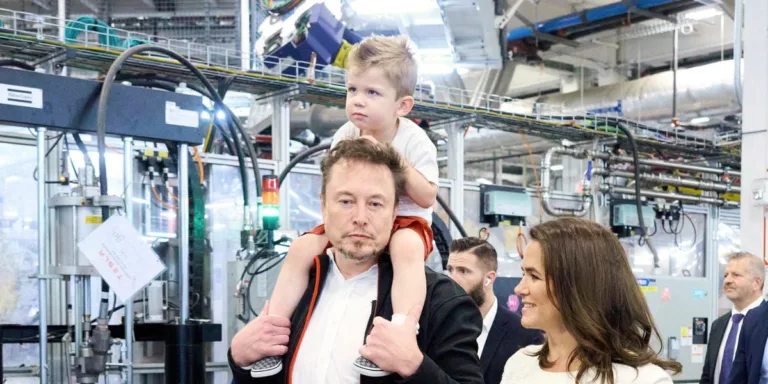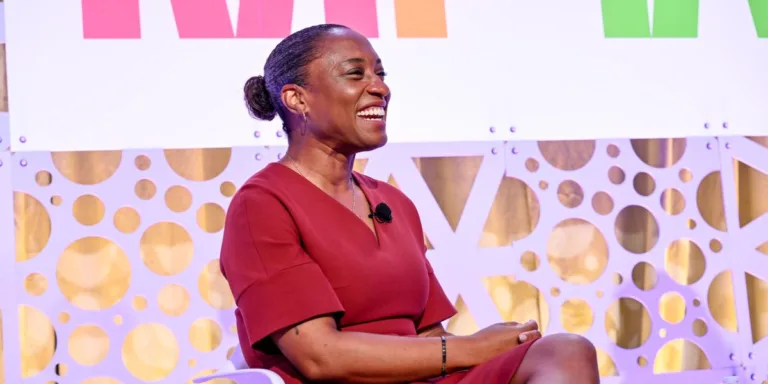Design for Good: Using Design Talent to Solve Social Issues
Introduction
Hackathons are popular events that bring together creative minds to solve problems in a short timeframe. However, Ben Sheppard, the leader of McKinsey’s global design research, realized that these events often lead to temporary solutions that are not implemented in the long run. This realization led to the formation of Design for Good, an alliance of major companies using design talent to address social issues.
The Problem with Designing for Good
Many designers have participated in activities aimed at making the world a better place, but they were left wondering whether these efforts were actually effective. Ben Sheppard, along with other top designers, realized that simply designing for good is not enough. There needs to be a more sustainable approach that continues beyond the initial design phase.
The Birth of Design for Good
Design for Good is an alliance consisting of nine corporate members, including PepsiCo, General Mills, Microsoft, Lixil, and Nestle. The alliance was launched in April 2022 and partnered with development organizations focused on improving sanitation and water access, such as WaterAid and the World Toilet Organization. The alliance’s designers, who work for member organizations, collaborated on projects for a period of six months to ensure a more impactful and long-term outcome.
The Projects
By June 2023, Design for Good designers had created 26 projects aimed at improving water quality and sanitation. These projects ranged from social media campaigns to encourage water conservation to the development of low-cost menstrual products for rural communities. The alliance focused on substantive partnerships, long-term commitment, and the sharing of intellectual property to ensure the effectiveness of their projects.
Support from Corporate Members
Design for Good’s success depends on the collaboration between designers and non-designers. Large corporations like Lixil and Microsoft can provide additional expertise and resources to help partner organizations implement the projects generated by the alliance. Building sustainable partnerships and maintaining a sense of humility are key principles of Design for Good.
A Community of Designers
Beyond solving the immediate social issues, Design for Good aims to build a community of designers who are passionate about addressing societal problems. By creating a sense of community and dedication, the alliance hopes to tackle future challenges like improving access to quality education. Ben Sheppard, one of the alliance’s founders, envisions a “passionate, almost cultish following” of designers coming together year after year, much like the Burning Man festival.
Conclusion
Design for Good is a groundbreaking alliance that utilizes design talent to make a lasting impact on social issues. By focusing on long-term partnerships, intellectual property sharing, and collaboration between designers and non-designers, the alliance aims to create sustainable solutions that improve the lives of people around the world.
Source: Can design save the world? A ‘Burning Man’-like alliance is giving it a shot







